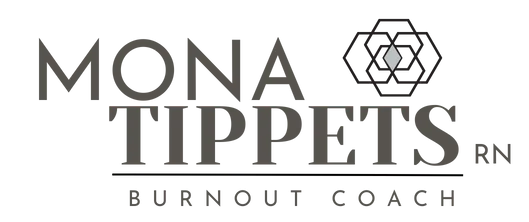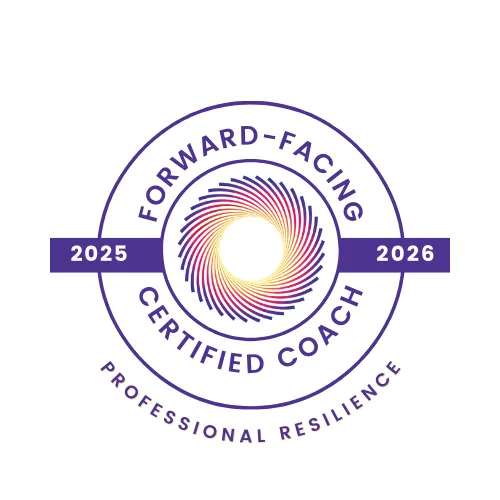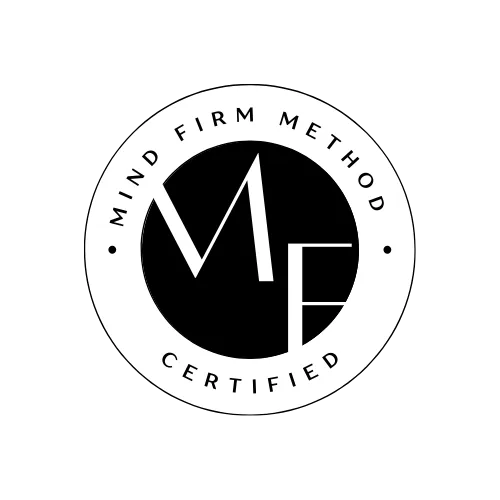
Bounce back stronger.
Burnout solutions for high achievers
ARE YOU FEELING CONSTANTLY STRESSED,
FRUSTRATED AND OVERWHELMED?
It's time to have the life that feels as amazing inside as the success you've created looks on the outside.
Here is my free, practical and applicable video series on stress. It’s an easy way to start to breakup with burnout.
registered nurse and life coach
Hi there, I'm Mona
I’m an RN and burnout expert passionate about helping healthcare professionals and high achievers reclaim their energy and passion. I take care of those who give everything to care for others. often at the expense of their own well-being.
For high achievers, working harder has always been the key to success—until burnout takes over. Often compassion fatigue sets in, and suddenly, the “dream life” you built feels impossible to enjoy. It’s time to take care of you.
When working harder isn't working, I teach you how to work differently.
.

my Approch
Stress is created from your brain and nervous system. Through my 12 week, outcome-driven coaching process, I provide you with tools and support that explain where your brain and nervous system are misinformed. Using neuroplasticity and recalibration of the nervous system, these strategies are used to release the underlying triggers of stress and help you find peace, revitalization and calm in the mind and body.
With these tools and concepts I teach, you will be able to conquer your career, work and personal relationships, re-engage in hobbies and do things "for fun" and be able to live your life with full authenticity.
You may have learned about the brain and nervous system in school and training, but do you know how to manage your own? Let me show you how.
What is Burnout?
Burnout is a state of mental, emotional and physical exhaustion caused by excessive and chronic stress. It can happen to anyone, but most often to those who are high achievers, who value success and never give up. Those qualities are often paired with being self-critical, perfectionistic, and base value on performance.
Guess what? The deep rooted patterns in your brain and nervous system that brought you the success you now have, are also the cause of your burnout.

MY SERVICES
Mindfulness and Stress Reduction Coaching
Are you looking to accelerate your burnout recovery by partnering with an expert?
If you are serious about overcoming burnout for the last time, The Mind Firm Method with Resilience Training 12 session program is where I work one on one to teach and implement the tools to retrain your nervous system and brain to work for you, not against you. This program brings you increased vitality, confidence and joy back to your job and relationships. I teach you how to work differently, not harder.

Burnout Reduction Group Training
Do you want to help all of your staff learn these concepts?This lecture offers an explanation of the brain and nervous system and its memorized patterns of thoughts and behavior. I teach tools that can be implemented immediately to effectively decrease burnout (yep, tools that have been proven in clinical studies.)
Testimonials
Mona is very intuitive...I came to her for help concerning my family relationships. We talked about boundaries and things that are within our control. We also discussed things that we don't have control over. Deciphering between these two things has really helped me cope and manage very difficult relationships.
Mona is gifted and helped me to help myself! ❤️ Thank you again and again!
JH
I started working with Mona when I found myself mentally and emotionally "stuck." I had had some big changes in my life, and found myself unable to move past my circumstances.. Working with Mona, I was able to look at my beliefs about myself, and realize that most of them were not true!! With her help, I reframed my thoughts and my narrative. It was a huge light bulb moment for me! It has been freeing to shed old thoughts and habits, for new thoughts and habits that work for me! This work is hard, but doable with Mona's help!
CJ
You can’t really understand the power of having a good coach until you experience it. Working with Mona will become a tool you will use to gain happiness in your life. Working with Mona was refreshing and necessary for me to gain new insight, new ideas and a new perspective instead of just falling back on my way of making sense of the world or what beliefs and stories I have told myself or others have told me... When you say yes to having Mona be your coach, you are saying yes to creating what you want and becoming who you are meant to be!.
AS



HOME
LEGAL
FOLLOW
Copyright 2025. Mona Tippets Coaching. All Rights Reserved.

